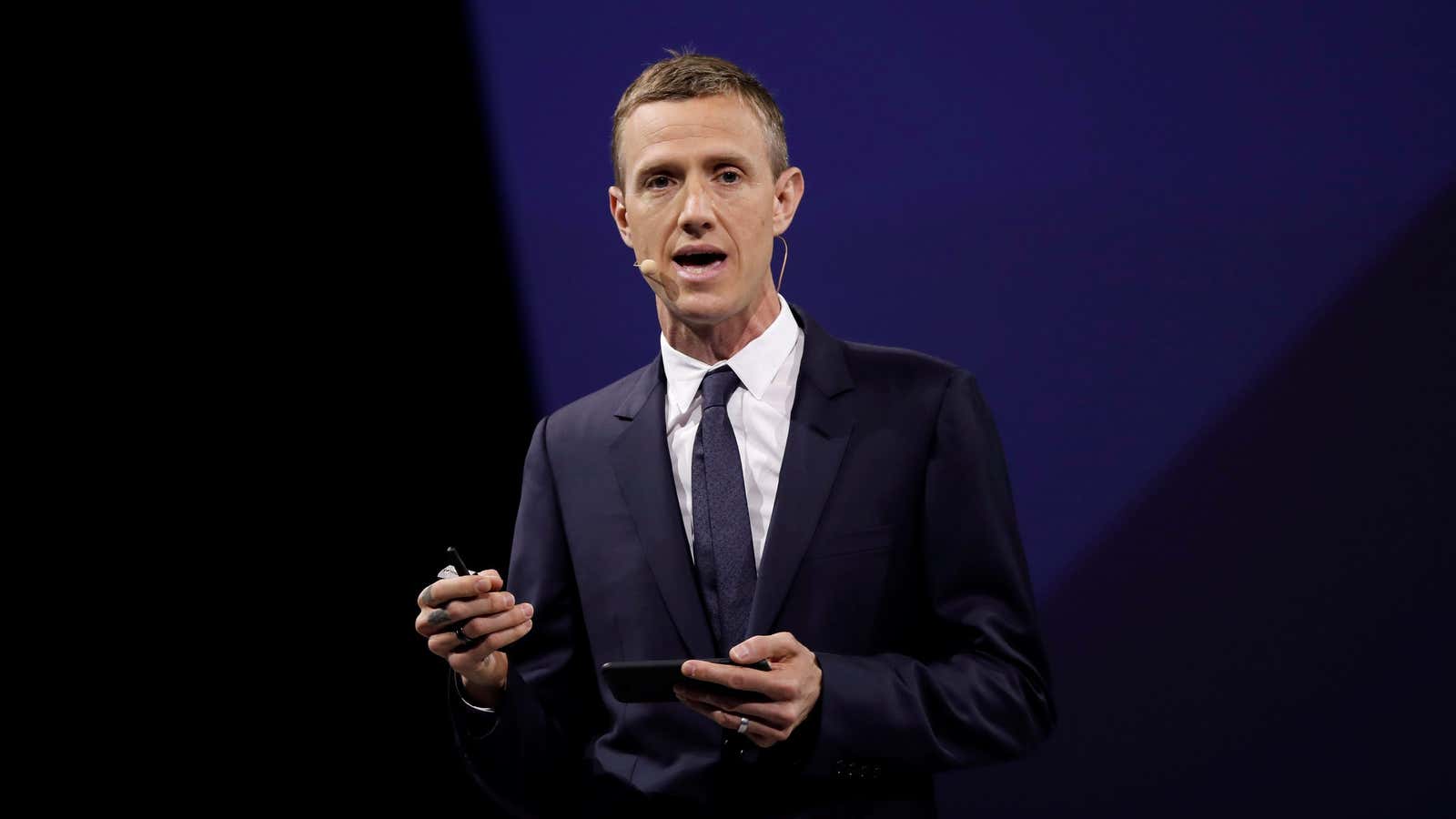The role of chief digital officer has been swiftly on the rise, in both numbers and prominence. But what if the title is a bit suspect? It’s an interesting assertion, all the more so because it was made by Ian Rogers, the chief digital officer of LVMH, in a new interview with Wired UK.
Rogers, who oversaw Apple’s music streaming service and its Beats1 radio station before LVMH convinced him to jump into luxury in 2015, argues that the trouble begins with the terminology itself. As he told Wired UK:
I think that “digital” is a bit of a nonsense word. I haven’t met anybody who can explain to me, really, what it means. Scott Galloway at L2 said, “Having a chief digital officer is like having a chief electricity officer.” I think that that’s really accurate. What you’re doing is, you’re using this somewhat technical term to mask the fact that your customer’s behaviours have changed. You need to elevate technology inside of your organisation.
His point is that being digitally savvy is no longer a nice bonus in the professional world, but integral to all parts of a modern company. Or at least it should be. “When somebody says, ‘We’re really behind on digital,’ my response is, ‘You’re behind in every aspect of your business?’ he said.
To highlight it in any job title is arguably redundant, and points to an outdated outlook. Rogers notes that many positions with “digital” in their description have been eliminated in the music business, and within LVMH. The more appropriate title in 2018 for someone with his responsibilities, he suggests, would be chief technology officer.
The luxury-goods industry was notoriously slow to go online, being very deliberate, or in some cases reluctant, about translating its exquisitely crafted, extremely expensive 3D products, and the whole branding experience around them, into little 2D images shoppable from a smartphone. But the rush is now on, as it’s become clear that shoppers may still want to buy most of their high-end products in stores, but they’re discovering them, researching them—and yes, in many cases purchasing them—online.
LVMH, the colossal luxury group that owns brands including Louis Vuitton, Tag Heuer, and Hennessy, has been among those working to create an experience for customers that doesn’t leave any boundaries between the online and offline worlds. It aims to allow for the same level of personalized service whether customers are shopping in a store or not, letting customers who want to browse the offerings at the New York boutique for its watch brand Hublot, for instance, use Skype, Facetime, or another video option to shop remotely with a sales associate.
According to Rogers, the company has digitally proficient communications and retail teams, and a technology group that reports to the CEO, ”just like a tech startup would.”
Companies should think in very concrete, practical terms such as these about how technology needs to be woven throughout the business, and forget the big, abstract buzzwords. “Lose these nonsense words like ‘digital’, like ‘data’, like ‘social media,'” said Rogers, who we presume winces every time he hands out a business card. “You have to get rid of this digital umbrella because it’s just too broad.”
